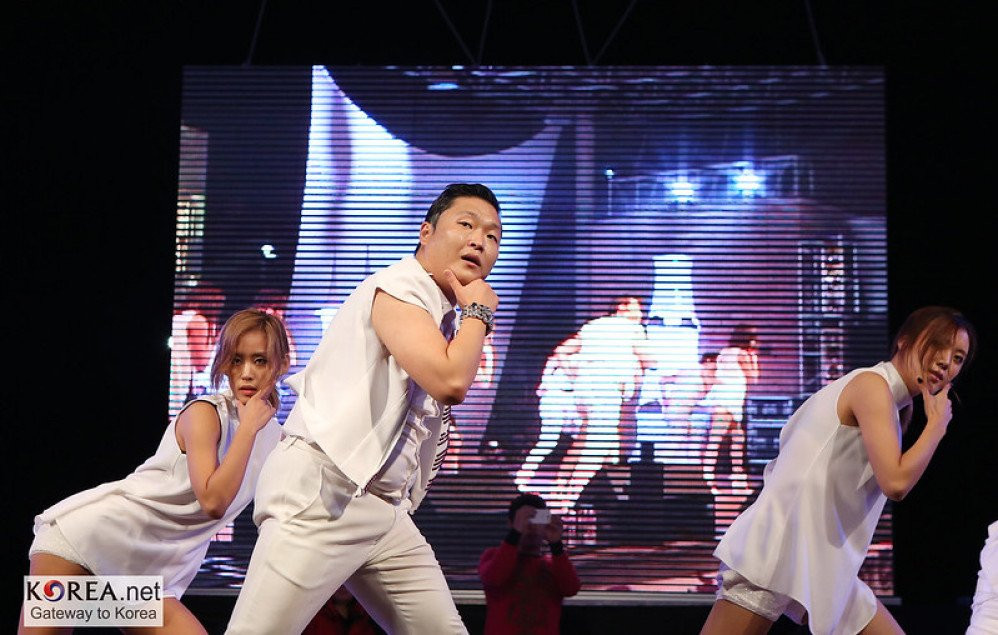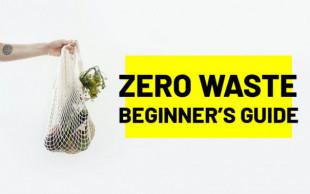My history with Korean music five years ago. I’d rather not invoke my secondary-school memories of fangirling over idols I barely know about, or the cheesy beats, or yet another in-love or breakup story that used to dominate the lyrics.
One year ago, my friend introduced me to BTS, and it opened so many doors to the wider Korean music scene. Beyond the idol fangirling and good looks, it was their relatable lyrics and the tactful fusion of genres in their songs that made me a fan.
But the best thing was the members’ recommendations of Korean music. Not just the colourful K-Pop, but to other artists that one wouldn’t normally see on the charts. After a lot of trial and error (which involved scouring Spotify playlists and RM of BTS’s list of recommended songs), I’m finally discovering so many artists whose music I never thought possible in the Korean music scene, or of any genre.
Korean music has so much to offer that it’s sad that they are not as recognised as their K-pop idols. That, or it's difficult to begin searching for music because there's so little information about it. Here are some directions you can take to delve deep into the nuances of Korean music.
The Momentum of Korean R&B and Hip Hop

Credit: Korea.net / Korean Culture and Information Service (Jeon Han)
The genres of Contemporary R&B and hip hop have been brewing under the explosive cover of K-Pop, creating a wider variety of sounds one might describe as “bluesy” and “fun”. Some R&B artists, like 10cm, Crush, Davichi, and Suran, have thankfully emerged as household names due to their appearance on K-drama OSTs.
While they do define the sound of R&B, there is a carnival of sounds explored by lesser-known R&B artists that deserve mention. Younha’s album, ‘RescuE’, characterises one type of sound that earns the impression of ‘blues’ in R&B music. The album uses muted keys and beats to create an airy, mellow atmosphere, the kind that is perfect for conjuring the land of might-have-beens and nostalgic vibes.
Korean R&B also has its experimental moments that are trickier to define under one category. Clazziquai Project is one such oddball, experimenting the blue-sy with eighties sound effects that sweeps listeners into one of those disco parties you might find in the world of Hairspray. Artists like slchld and Colde are willing to push against the structured music rhythms, inviting more space for atmospheric beats to dominate the pauses of their vocals.
Other R&B artists to explore: Surl, Kim E-Z, Cosmic Boy, offonoff
The unique rhythms in the Korean language inspired creative rhythms in their hip hop music that I never thought possible for rap. English rap (language, not country) has their own set of rhythms due to sentence structure rules. However, Korean rap has their unique flexibility in rhythm thanks to the wider variety of sentence structures in Korean.
I’m always captivated by the unexpected internal rhymes and the smooth end rhymes that easily shift from the intense to the mellow. RM’s mixtape, ‘mono.’, is an extensive library of rap rhythms that demonstrate the potential of Korean rap and its unique language, often engaging in wordplay and rhymes that never fail to surprise the listener.
Another unique thing about Korean rap is its willingness to delve into mellower sounds to create the ‘blues’ vibe similar to R&B. Popular rappers like Kanye West, Post Malone and Kendrick Lamar produce charismatic rap lines that pulsate with power and charisma – usually the qualities we might associate with rap music.
However, Korean artists like LOCO and Code Kunst are testaments of hip hop that moves beyond that point. Their raps weave an atmospheric build-up of background melodies, resulting in a ‘softer’ and mellow sound that invites playfulness. A Korean record label, AOMG, has an amazing list of hip hop and rap artists that ranges from the charismatic to the ‘bluesy’, and I totally recommend you start from there.
Other hip hop artists to discover: Simon Dominic, SIK-K, SUGA, Zion.T, J-Hope, Epik High
Not All Love And Games In Idol Music
South Korea may be a country with strict censoring of sensitive topics and stigmas, but Korean music artists have been rising against that in recent years. Issues like mental health and cyber-bullying have been infiltrating song lyrics more frequently, especially given the social climate that emphasises on their importance in recent years.
You don’t have to be deeply involved in the Hallyu wave to hear of the recent suicides of idols like Sulli of f(X) and Jonghyun of Shinee. These news fuel the conversation about mental pressures of idol culture and cyber-bullying, which have actually been hinted at or addressed by artists over the years, such as SUNMI, Lee Hi, RM, SUGA and San-E.
The most recent example is the song ‘SUGA’s Interlude’, an emotive collaboration between SUGA and American singer Halsey. SUGA’s rap in the song describes his journey with depression and being an idol without holding back (he also elaborates that in his earlier mixtape, ‘Agust D’). SUGA’s hopeful ending in his rap contains his heart for others to be comforted and inspired as they go through their own struggles, a deeply personal touch that makes the song more relevant to listeners.
There are also powerful examples of the way Korean music can represent the social as well as the personal.
BTS’s hit song, ‘Spring Day’, deals with separation from and loss of loved ones, and has been rumoured to be a response to the national tragedy of the Sewol ferry incident in 2014. Amazingly, the song has stayed on the Melon charts, a music streaming service in South Korea, since its release in 2017. The song is a spectacular example of Korean music that strays from the popular topics and relates to listeners on a deeper level.
Korean music is changing slowly to allow these genres and social issues a spot in the popular music scene. Truly, they hold great potential for innovation and range beyond our assumptions of K-Pop idols and light-hearted music. In time, I only hope that these artists and music will finally be given its own spotlight to s

.jpg&square)















